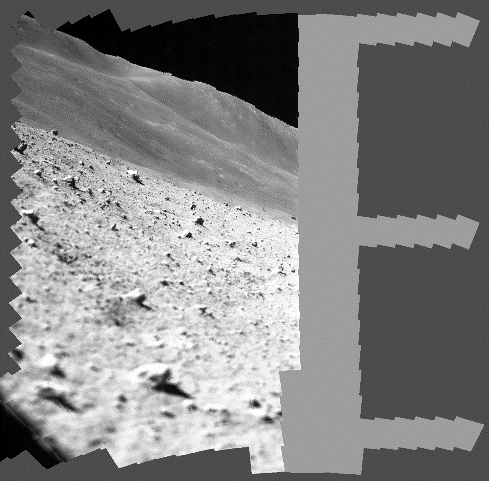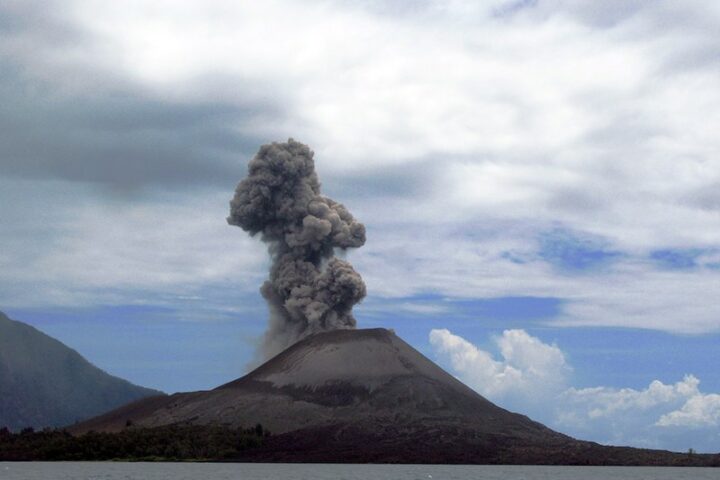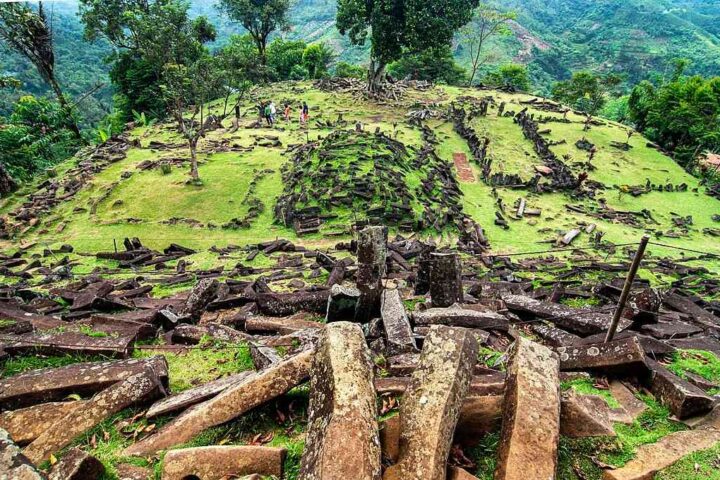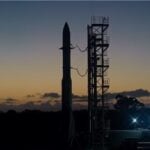An important milestone in lunar exploration was achieved on January 20, 2024, when the Japan Aerospace Exploration Agency (JAXA) successfully landed the Smart Lander for Investigating Moon (SLIM). SLIM’s mission, estimated to have cost 18 billion yen, or about $120 million, was to demonstrate accurate lunar landing capabilities. It was launched on September 6, 2023. With this achievement, Japan was ranked as the sixth country to perform a soft lunar landing. Recently, the lander sent the first glimpse of the moon surface captured by its Multi-Band Camera and the images were shared by JAXA.
When SLIM was first launched on an H-IIA rocket, it was in orbit around Earth. September 30 saw the spacecraft placed into a fuel-efficient, lengthy, looping orbit with a translunar injection burn toward the Moon. This trajectory allows for fuel savings and a decrease in mission expenses overall.
SLIM targeted the landing spot, which is close to the rim of Shioli Crater, with the goal of landing within 100 meters of its designated location. This accuracy was a significant step up from the more expansive conventional landing zones. During descent, an optical navigation system was used to identify the location in real time using preloaded photos from Japan’s Kaguya lunar orbiter. A landing radar and laser range finder were utilized to determine the altitude.
Weighing roughly 200 kg dry (700 kg with fuel), SLIM was equipped with significant research payloads. Its main objective was to verify the accuracy of the landing technology, which is essential for further lunar research. Shioli Crater was chosen for scientific and technical reasons alike, as SELENE data indicated that it may contain olivine, which could provide light on the Moon’s genesis and history. The mineral under investigation was to be examined using the Multi-Band Camera (MBC) on board.
Similar Posts
SLIM launched two lunar rovers, LEV-1 and LEV-2 (“SORA-Q”). The 2.1-kilogram LEV-1 set a record for the smallest and lightest direct data transmission at such a distance when it successfully established direct communication with Earth from the moon. It made leaping motions and spoke with LEV-2 and ground stations immediately. These endeavors signified noteworthy progressions in the field of lunar exploration technology.
However, the mission encountered difficulties. SLIM experienced problems with its solar panels upon landing, as they were unable to produce enough electricity because of their wrong orientation. In order to avoid battery over-discharge, the lander was forced to rely on internal battery power before shutting down.
Japan’s strengths in robotics and space exploration have been demonstrated by the SLIM mission, which has yielded vital data and experience. The MBC’s first photographs of the SLIM moon lander have been released by JAXA, and they offer new information about the lunar terrain surrounding the landing site. When circumstances for sun illumination improve, high-resolution spectroscopic observations are planned.

















